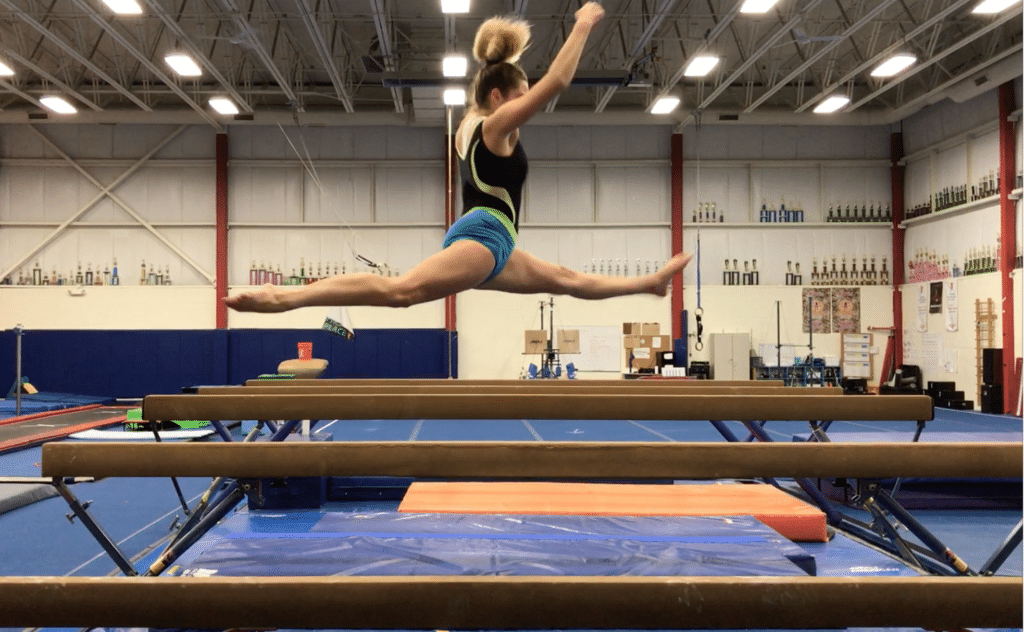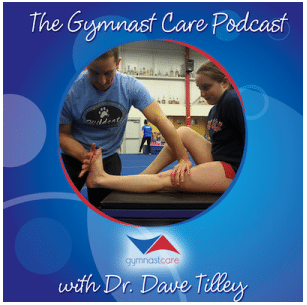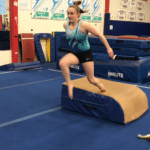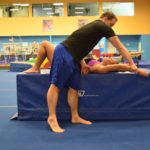Healthcare Quick Tip – Unique Eccentric Exercise for Proximal Hamstring Tendinopathy in Gymnasts/Dancers
I have worked with quite a few cases of proximal hamstring tendinopathy and/or ischial apophysitis in the last year. The cases I work with tend not be the “Type 1” running/sprinting based mechanisms commonly seen and discussed in literature, but more the aesthetic based sport population like gymnastics, dance, and so on. These “Type II” proximal hamstring tendinopathy’s are more from sport demands that require supraphysiological ranges of motion, often under high loading and high volume at end range, creating an overstretch mechanism.

For someone who is not used to working in these populations, they can be a really tough situation to deal with. I will expand more below, but I wanted to share a unique eccentric exercise I have come up with to help these aesthetic based athletes return to these larger range of motion activities.
https://www.youtube.com/watch?v=sSLT_WPPED0
As seen above in the leap picture above, gymnasts and dancers must work in huge ranges of motion for their sport. They often get symptom provocation when they do these extreme split pelvis type patterns, as it puts a large end range eccentric load on the hamstring complex.
Splits, jumps and leaps, as well as higher level gymnastics skills all require this 180+ degree hip arc angle. It is almost always the front leg’s proximal hamstring or growth plate that gets overloaded and creates symptoms. (Differences for approaching growth plate vs tendon / hamstring belly will be coming in the longer post, as they have unique initial starting points for treatment.) This extreme split pelvis based range of motion can become very problematic for the proximal hamstring complex when paired with
- Limited end range eccentric tissue absorbing capacity
- Poor lumbopelvic control to control anterior tilt and not pre-stress the tendon during load
- High loading reps within training during periods of rapid skeletal growth, creating sub optimal tissue quality over time
As you can see in the video, I use a side lying position with the top leg on a foam roller is used to help mimic this mid to end range split pelvis position. Along with the foam rolling being present support, it is also used to cue a more neutral pelvic position, without too much anterior tilting of the pelvis. From here I can easily manipulate constant tension to end range, and monitor symptoms as well as fatigue. There is also a home version I have come up with that helps the athlete mimic this, to help maintain 2-3x/day protocol of of days. They simply use the split pelvis position laying on their side, a band set up on a rig. The athlete will use their arms to pull passively into knee flexion, and then slowly going through the eccentric with another band pulling into extension.
I have found that this is a really great medium intensity eccentric exercise to use in Phase 2/3 before going into heavier loading with single leg deadlifts, or slider/physioball eccentric loading, Nortic Hamstring falls, and other exercises. Depending on the stage the athlete is in, after lots of other tissue prep work I aim for 3 to sets of 10. I think it serves an important step before returning to gymnastics or dance based skills for loading.
I am currently writing a longer case study post that that has lots of information on mechanisms, evaluation, and treatment of these types of injuries. Without knowing the sport and load progressions in their skills, it can be challenging to get graded exposure to tissue loading a the research suggests is needed. More to come down the road, but if interested in research on this topic, check out these articles here, here, here, and here. For now, I hope this was helpful and interesting for people.
Dave Tilley DPT, SCS









